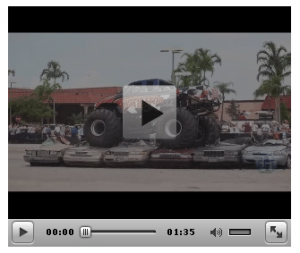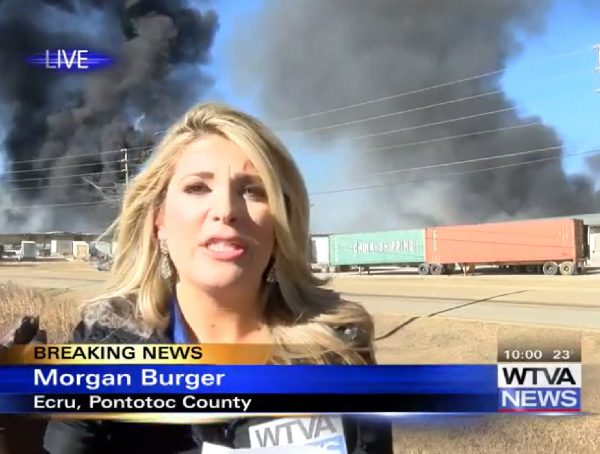By Peg Achterman, University of Washington (former KING-TV photojournalist)
 As a visual person turned professor, I am constantly looking for ways to hook my students on a concept and make it stick. I come from the television side of the journalism business and the definitions there are well-known and long-used (VOs, VOSOTS and packages). But they don’t make too much sense to those coming to video from outside of TV-land.
As a visual person turned professor, I am constantly looking for ways to hook my students on a concept and make it stick. I come from the television side of the journalism business and the definitions there are well-known and long-used (VOs, VOSOTS and packages). But they don’t make too much sense to those coming to video from outside of TV-land.
Last fall I presented for a group of reporters at the Everett (WA) Herald and in preparing I was hesitant to carry-over these TV designations, but I needed something catchy. Chet Rhodes of WashingtonPost.com is oft-quoted with the three tiers idea, but I would like to take that a step further and provide a bit of a visual hook.
Think about the seating in a concert hall—Balcony, Founders’ Box, Front Orchestra—and for good measure add In-the-Orchestra. If we think of these as the “view” you are giving the audience it works pretty well.
BALCONY: Simply the pictures with a bit of sound underneath if appropriate. Think of the view of a concert when you are sitting in the balcony. You can see and hear, but you don’t get a lot of detail in the experience. In video on the web this is the presentation with some explanation in a caption. Unlike television where there would be a voice-over explanation, the user can read a little more on screen regarding the detail. This aerial fire video from The Spokesman Review is a good example.
FOUNDERS’ BOX: A closer seat where you can get a bit more out of the experience and a little more information. A web video of this type might have sound under video explaining what happened at the scene. Think of a witness describing what happened when the car ran into the store front – over video of the car, broken glass, the store. Or take a look at this video of snow in Seattle – an unusual thing.
This video has a few editing issues, but succeeds in taking you to the sledding hill and getting some advise from the young sliders! Also this Cash for Clunkers fun from the Miami Herald:
FRONT ORCHESTRA: Here you can see the sweat roll down off the face of the performer—you’re in there—hearing everything, seeing detail, it’s very intimate. This is closer to the television package with lots of production value, natural sound, interviews, detail in shots and probably a bit longer— two to three minutes. Other examples from Colin Mulvany of the Spokesman Review. And this one from HV Media Group (don’t be fooled by the credits–there is some nice stuff following):
IN-THE-ORCHESTRA: This might not have the equivalent in television, but I think of this as the report that comes with its own highly detailed web page, maybe with chapter selection, some panoramic views the user may click on, maybe some maps. Not only is the audience in the story, they get to really choose the story they see. Call it “improvising” the score if you will. Just one of the many packages that exemplify this is the One in 8-Million series on the New York Times website. Also see the pieces at MediaStorm for this genre, and this story by Adam Westbrook:
Having a sense of what type of coverage a story needs—what storytelling tools to bring to that story— will go a long way in helping your audience to stay with a story.
Back in in TV-land the viewer usually watches the entire newscast and it is seen as a whole (or a set of quarter-hours by Nielsen). On the web we need to produce pieces that users will watch completely—that means keeping it short when it’s simply view from the balcony. No need to get too detailed sometimes. It means keeping their attention for longer form pieces by telling a compelling story with compelling characters. One of my mentors used to say “make me laugh, make me cry, but make me something!”
And finally, the user/viewer will take action if they have been moved. They will make a comment, they will share, they will rate the video and sometimes they will even donate to a cause. And really, didn’t we all get into journalism because in our heart-of-hearts we want to change the world? Even a little piece of it?









1 Comment
Nicely thought out, and certainly possible in theory, but contingent upon having time and resources. While your reporter in these pieces remains more the silent producer/phtographer type, I believe he or she should remain a more audible (and possible visible) part of the process. Viewers appreciate a reporter who stays out of the way, but guides a story along with narrative writing. In most cases, such elements speed the time of production.
Uh oh…there’s that time element, again.